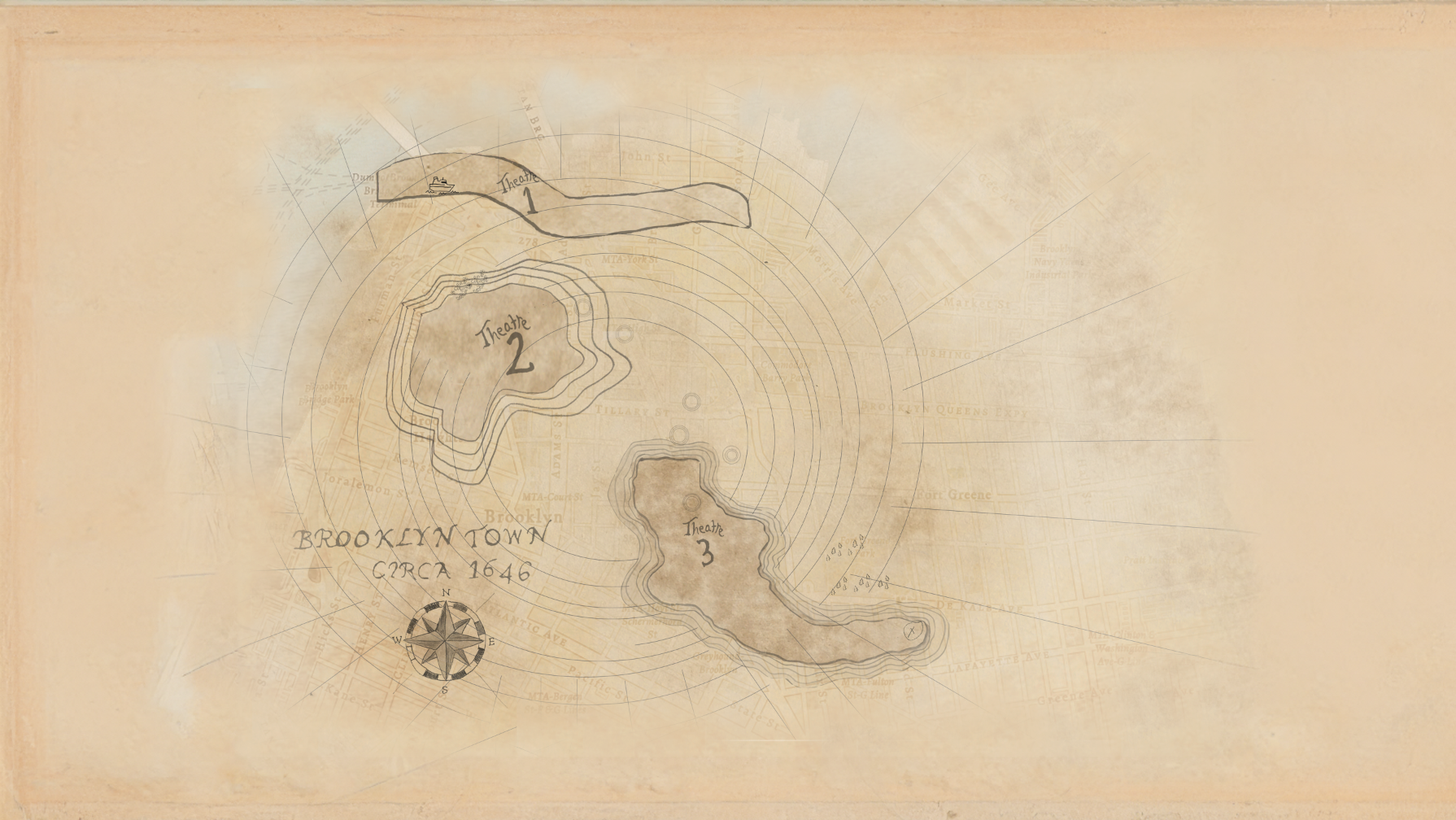“More Than a Brook: Brooklyn Abolitionist Heritage Walk” Explores Brooklyn’s Role in National Abolitionist Movement and Underground Railroad Across City Landmarks
Ahead of Juneteenth, New York City Mayor Eric Adams announced the creation of an interactive audio tour that explores Brooklyn’s history as a critical neighborhood for the National Abolitionist Movement and the Underground Railroad. The audio tour can be accessed on a smartphone, tablet, or other device through the Landmark Preservation Commission’s (LPC) website. The interactive audio tour was commissioned by LPC and created by Kamau Studios and Black Gotham Experience. This project was supported by a grant from the New York State Office of Parks, Recreation, and Historic Preservation and financed in part with federal funds from the National Park Service, U.S. Department of the Interior.
New York City played an important role in the effort to abolish slavery nationwide and assist those seeking to escape it. The neighborhoods of Brooklyn Heights, Fulton Ferry, Downtown Brooklyn, and Fort Greene contain a walkable concentration of important historic landmark sites associated with New York City’s abolitionist history, the Underground Railroad, and the larger anti-slavery movement before the Civil War through political and religious activism.
The three-part audio experience guides participants through Brooklyn’s rich abolitionist history, incorporating 19 stops and highlighting the many landmark sites along a 4.5-mile walkable path, including the residences of abolitionist Lewis Tappan and Harriet and Thomas Truesdell, and religious spaces, including Plymouth Church, Lafayette Avenue Presbyterian Church, and the Friends Meeting House. The audio tour also introduces important local historic figures in the abolition movement, including businesswoman Elizabeth Gloucester, pioneering sisters Dr. Susan Smith McKinney-Steward and educator Sarah J. Tompkins Garnet, and Plymouth Church preacher Henry Ward Beecher, highlighting all their stories to illuminate the multiple ways people and institutions engaged with the anti-slavery movement before the Civil War and the continued fight for freedom afterward.
The “More Than a Brook: Brooklyn Abolitionist Heritage Walk” reflects LPC’s ongoing commitment to equity and inclusion in all their work as part of the agency’s Equity Framework; its efforts to preserve places that tell the story of all New Yorkers and reflect their collective heritage, making the significant history embodied in landmarks more accessible; and expanding educational outreach efforts to reach new and diverse audiences. Additional resources can be found on LPC’s website, including LPC’s interactive story maps, “New York City and the Path to Freedom,” which explores New York City’s abolitionist history across all five boroughs through designated landmarks that embody it and “Preserving Significant Places of Black History,” which highlights and explores buildings, sites, and historic districts significant to Black history throughout New York City.

